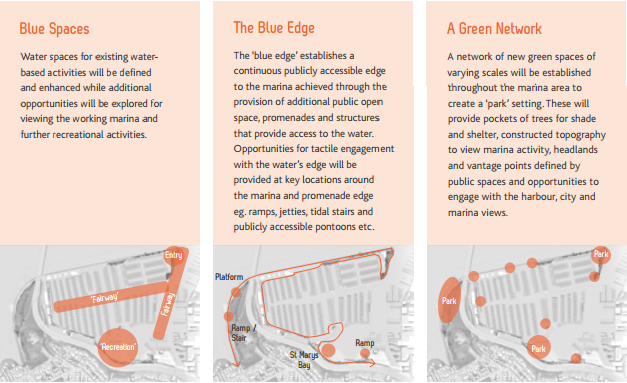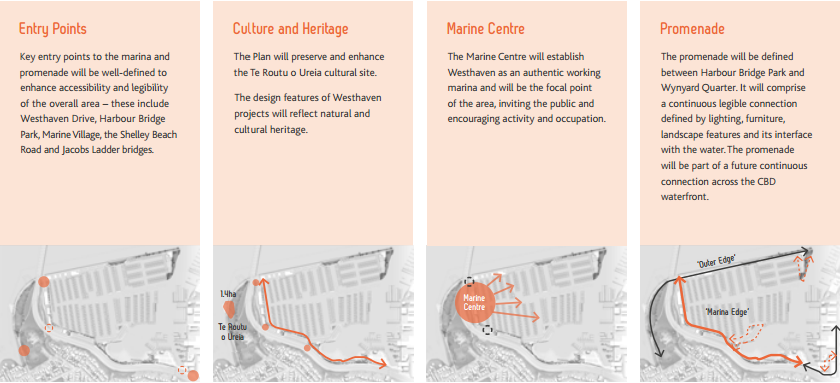Case study – Westhaven Marina development
Westhaven Marina, located in the centre of Auckland by the harbour bridge, is the largest marina in the southern hemisphere. St Mary’s Bay became a popular place for yachting during the late 1800s and shortly after the turn of the century the Ponsonby Cruising Club established premises on the shores of the bay. A solid breakwater was constructed along the western end of the bay during the 1930s, to provide better shelter for the yachts moored there, which were being damaged in storms. Several yacht clubs established premises on what became known as the western reclamation. In the 1980s the northern side of the marina was full and building started on the southern side to cater for ever increasing demand. Today there are more than 2,000 boats moored at the marina with berths provided from 10 to 30 metres long. Four yacht clubs and 50 commercial charter operators are also based there.
7175dab7-ed86-485d-b9ed-9436f933e481
Waterfront Auckland has recently developed a plan for how Westhaven Marina is to be improved for the future. This plan comprehensively covers the land and water-based development in the marina that is planned to occur over the next 30 years. 3f6afa47-3f69-4d94-9141-553149749ba2 There are two drivers for the plan, being a desire to improve use of the public edge and also to ensure the best use of water space.
The vision for Westhaven Marina is “to be the most successful marina in the Southern Hemisphere and home to a globally renowned marine industry. An iconic Auckland destination that is vibrant, accessible and attracts people to the sea”. The Westhaven Plan is based on a number of design principles, as shown in the figure below, and a range of measures to manage environmental impacts (discussed below).


Contaminated water has been entering the Westhaven Marina basin via a number of sources, including through the outfalls to the harbour and an outfall in St Mary’s Bay. Waterfront Auckland is reducing and minimising any contamination of the water through marina-based activities, including:
- Mandatory sewerage removal system for any live-a-board vessel within Westhaven Marina so that vessels can remove black and grey water rather than discharge into the harbour
- Provision of sewerage reticulation in the proposed Y Pier development for potential live-a-board vessels
- Stormwater filters to control the run off from the motorways and carparks, removing hydrocarbons, sediments and gross pollutants
- Moving away from using tanalised piles towards using hardwood and then steel, which will be encased in sleeves
- Replacing all whaler boards to reduce the discharge of heavy metals on the water
- Replacing all galvanised through-bolts which hold the berths, and also rust, with pultron fibreglass rods and nylon nuts, resulting in no discharge of contaminants
- Discouraging boat owners from using coprous oxide antifouls and encouraging the use of Teflon as antifouls on appendages such as propellers
- In addition, the Government has banned tri-butyl tin antifouls which were commonplace until 1994 and the use of zinc as cathodic protection on vessels is reducing
Westhaven Marina and Z Pier are Blue Flag certified, which is in part due to a number environmental solutions, including:
- Providing and promoting recycling facilities close to every pier, which include oil and oil filters
- Collecting and disposing of rubbish from the sea wall that drifts in from the harbour
- Implementing a ‘no discharge’ zone where sewage or pollutants are not allowed to enter the water
- Not allowing hull maintenance, in particular scrubbing or scraping, to occur on the marina
- Providing a berth specifically for Watercare Harbour Clean Up Trust
-
http://www.westhaven.co.nz/westhaven/about/
-
Waterfront Auckland, 2013
Last updated at 2:11PM on February 25, 2015